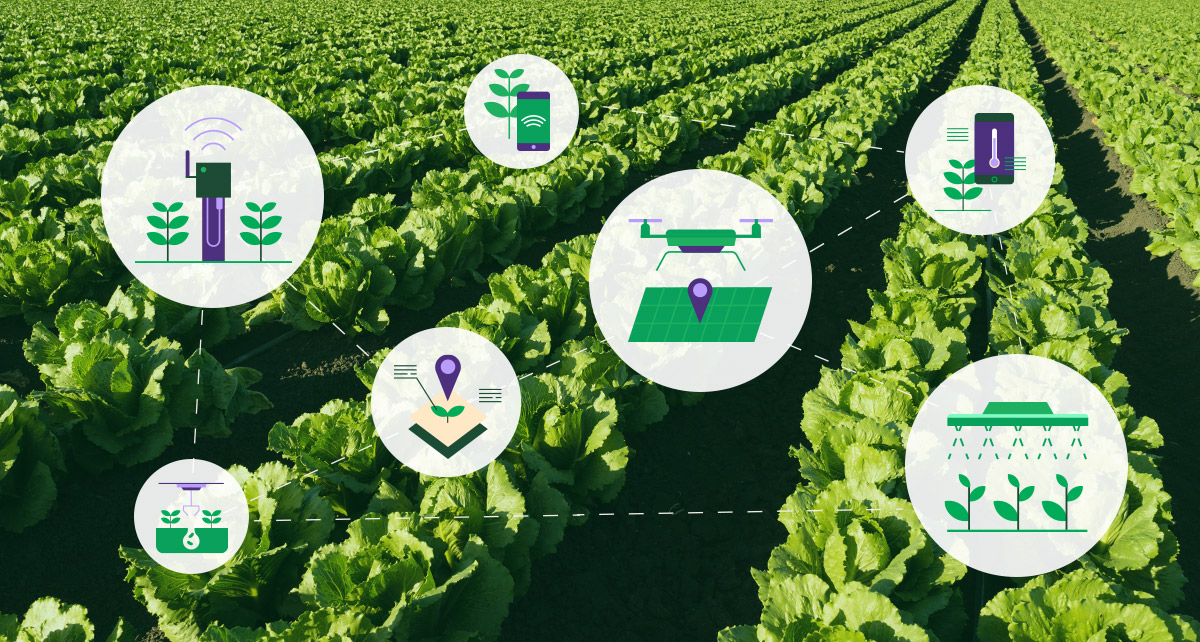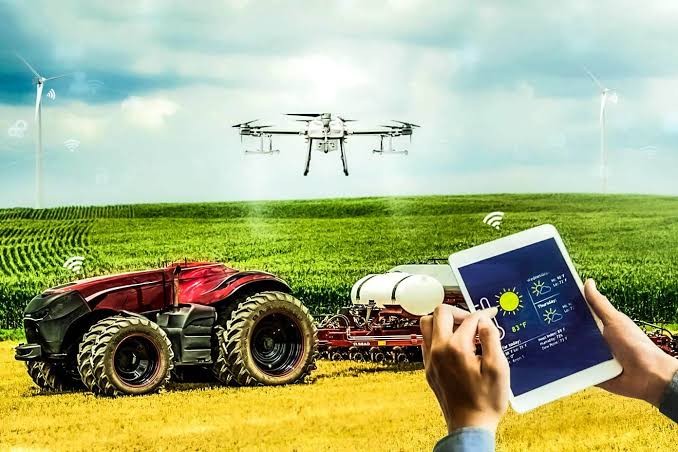Introduction to the Growing Need for Tech-Driven Agriculture Solutions
The agriculture landscape is evolving faster than ever, driven by technological advancements. As the global population continues to grow, so does the demand for food. Traditional farming methods now face challenges that require innovative solutions. Enter tech-driven agriculture—an exciting frontier where data meets dirt.
Farmers are turning to cutting-edge technologies like drones, sensors, and artificial intelligence to enhance their operations. These tools not only boost productivity but also promote sustainability in a world where resources are becoming increasingly scarce. The future of agriculture lies in harnessing these tech-driven solutions to meet both current and emerging needs.
Let’s explore how technology is reshaping farming practices and what it means for farmers looking toward tomorrow’s agricultural landscape.
The Benefits of Implementing Technology in Agriculture

Implementing technology in agriculture brings a myriad of advantages. First, precision farming enhances efficiency. Farmers can monitor soil health and crop conditions using sensors and drones, leading to better resource management.
Moreover, automation reduces labor costs. Machines can perform tasks such as planting, watering, and harvesting with minimal human intervention. This allows farmers to focus on strategic decision-making rather than mundane chores.
Data analytics plays a crucial role in improving yields. By analyzing weather patterns and market trends, farmers can make informed choices about planting times and crop varieties.
Sustainability is another critical benefit. Tech-driven solutions minimize waste by optimizing the use of water and fertilizers. This not only protects the environment but also increases profitability over time.
The integration of technology fosters innovation within the agricultural sector. New tools help farmers adapt quickly to changing climates and consumer demands while ensuring food security for future generations.
Examples of Successful Tech-Driven Agriculture Solutions
Precision agriculture is transforming farming practices. Companies like Trimble and John Deere are leading this movement with GPS-guided tractors that optimize field operations. These machines reduce waste and increase efficiency.
Drones have become indispensable in modern agriculture, allowing farmers to monitor crop health from above. They provide real-time data on irrigation needs, pest infestations, and overall plant vitality.
Another innovation is the use of IoT sensors. These devices collect valuable information about soil moisture levels and nutrient content. By leveraging this data, farmers can make informed decisions tailored to their crops’ specific requirements.
Vertical farms are also gaining traction in urban areas. With advanced hydroponics systems powered by LEDs, these facilities minimize land usage while maximizing yield.
These examples illustrate how tech-driven solutions revolutionize agricultural practices today and pave the way for a more sustainable future.
Challenges and Limitations of Tech-Driven Agriculture
While tech-driven agriculture offers tremendous potential, it is not without its challenges. One major hurdle is the high cost of implementing advanced technologies. Small farmers may struggle to afford equipment and software that can significantly enhance productivity.
Additionally, there’s a steep learning curve associated with new technologies. Farmers need training to effectively use tools like precision farming systems or drones. Without proper education, the benefits of such innovations might go unrealized.
Another concern involves data privacy and security. As farms become more connected, protecting sensitive information becomes crucial. Cybersecurity risks could threaten operations if not adequately addressed.
Reliance on technology can lead to vulnerabilities in case of system failures or technical glitches. A sudden breakdown could hinder daily operations and impact yields significantly, reminding us that while innovation drives progress, caution remains essential.
Future Predictions and Innovations in the Field
The future of agriculture is brimming with possibilities, driven by innovation and technology. Smart farming will likely become the norm, integrating IoT devices to monitor crops in real-time. Imagine sensors that provide instant data on soil moisture or nutrient levels.
Robotics could revolutionize labor practices. Drones might take over crop monitoring tasks, reducing manpower needs while increasing efficiency. These aerial assistants can gather extensive data without disrupting the field.
Vertical farming is another trend that’s gaining traction. By utilizing urban spaces for crop production, we can minimize transportation costs and reduce carbon footprints.
Blockchain technology may also find its place in agriculture by ensuring transparency throughout supply chains. This could enhance food safety and traceability significantly.
As research continues to evolve, we might see even more groundbreaking solutions that address climate change challenges head-on, making agriculture resilient for generations to come.
How Farmers Can Adopt Technology in their Operations
Farmers can start by integrating simple tools like smartphones and tablets into their daily routines. These devices provide access to apps that help track weather patterns, soil health, and crop prices.
Investing in precision agriculture technologies is another step forward. Drones equipped with cameras can survey fields, identifying problem areas that require attention.
Data management platforms allow farmers to analyze yield data effectively. This insight enables better decision-making for future planting cycles.
Participating in tech workshops or webinars can also enhance understanding of these innovations. Networking with other tech-savvy farmers fosters exchange of ideas and best practices.
Collaborating with local agricultural extension offices may provide additional resources. These organizations often offer training sessions on the latest technology trends tailored for farmers.
Exploring government grants or subsidies aimed at technological upgrades can ease financial burdens too. Such funding opportunities make adopting new tools more feasible.
Conclusion: The Role of Technology in Shaping the Future of Agriculture
The integration of technology in agriculture is not just a trend; it’s a necessity for the future. As global populations surge and climate change poses new challenges, tech-driven solutions are essential for sustainable farming practices. From precision agriculture to smart irrigation systems, these innovations help farmers increase yield while conserving resources.
Farmers who embrace technology can enhance their operations and contribute to food security worldwide. With ongoing advancements in AI, robotics, and big data analytics, the agricultural landscape will continue evolving rapidly.
As we look ahead, it’s clear that technology will play a pivotal role in shaping how we grow food. It offers tools that empower farmers to make informed decisions and adapt to an ever-changing environment. The commitment to adopting tech-driven solutions promises a brighter future—one where agriculture meets both demand and sustainability goals effectively.












